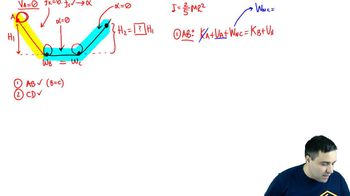Here are the essential concepts you must grasp in order to answer the question correctly.
Centripetal Force
Centripetal force is the net force required to keep an object moving in a circular path, directed towards the center of the circle. At the top of a hill, this force is provided by the gravitational force acting on the car. For the car to stay on the road, the gravitational force must be sufficient to provide the necessary centripetal force to maintain circular motion.
Recommended video:
Intro to Centripetal Forces
Gravitational Force
Gravitational force is the attractive force between two masses, in this case, the Earth and the car. It is calculated using Newton's law of universal gravitation, which states that the force is proportional to the product of the masses and inversely proportional to the square of the distance between their centers. At the top of the hill, this force acts downward and contributes to the centripetal force needed to keep the car on its circular path.
Recommended video:
Gravitational Forces in 2D
Maximum Speed at the Top of a Hill
The maximum speed at the top of a hill can be determined by balancing the gravitational force and the required centripetal force. If the speed exceeds a certain threshold, the gravitational force will not be enough to provide the necessary centripetal force, causing the car to lose contact with the road. This speed can be calculated using the formula v = √(g * r), where g is the acceleration due to gravity and r is the radius of the hill.
Recommended video:
Sphere on rough and smooth hills




